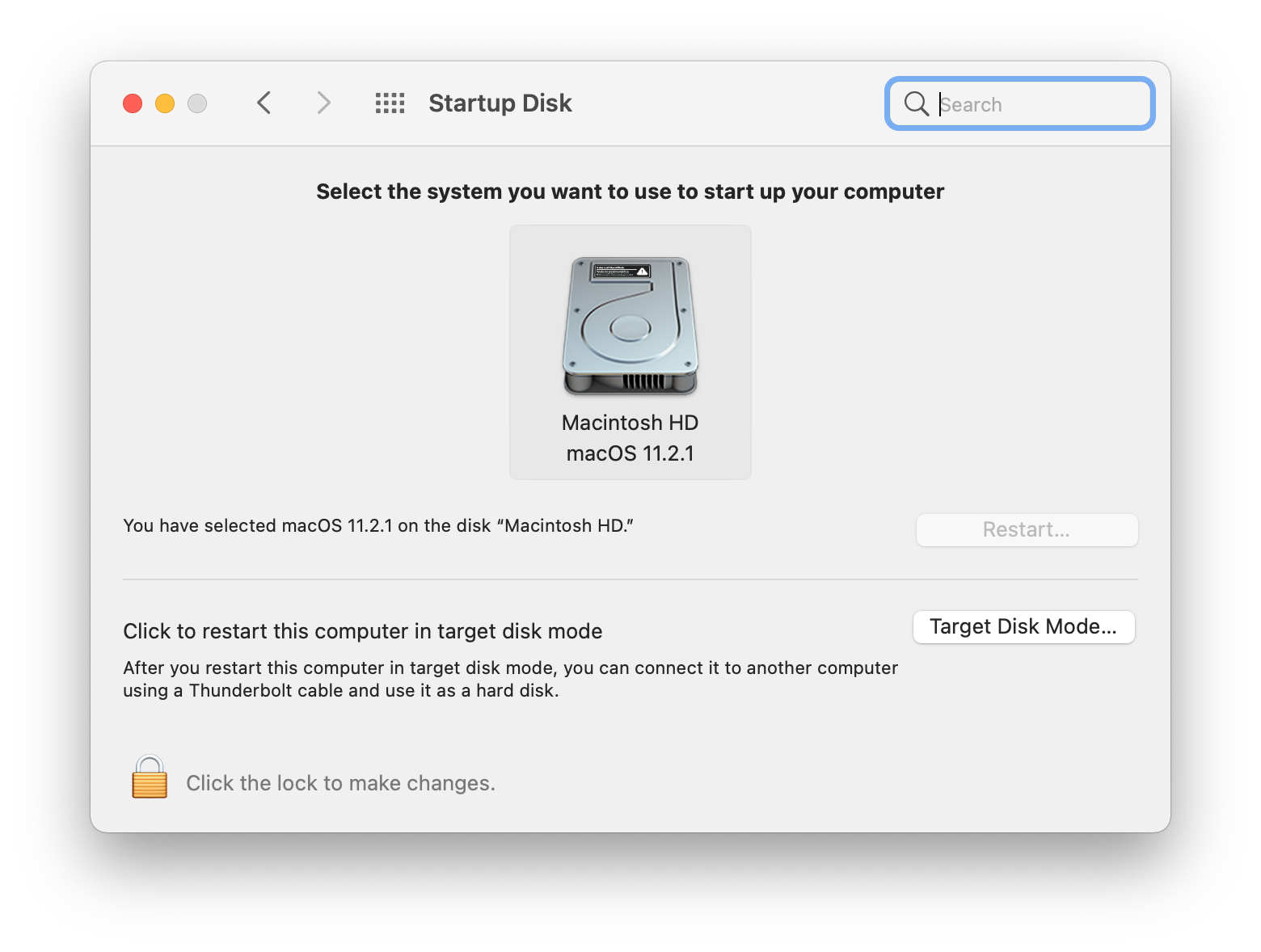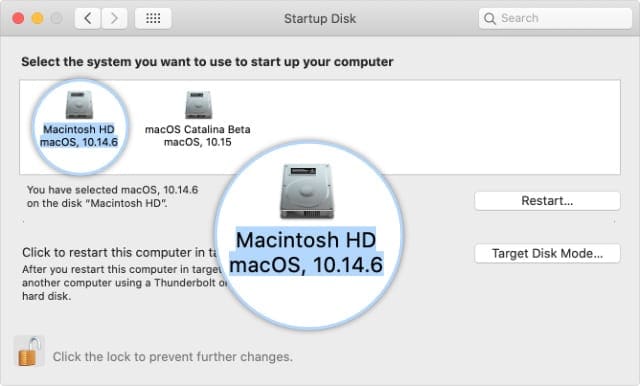
- #CREATE A STARTUP DISK FOR MAC OS X HOW TO#
- #CREATE A STARTUP DISK FOR MAC OS X MAC OS#
- #CREATE A STARTUP DISK FOR MAC OS X INSTALL#
- #CREATE A STARTUP DISK FOR MAC OS X DOWNLOAD#
Paste the copied command into Terminal, making sure that no double dashes ( -) were replaced by em dashes (-) press Return.
#CREATE A STARTUP DISK FOR MAC OS X INSTALL#
(The Terminal command I provide here assumes that the drive is named Untitled.) Also, make sure that the High Sierra or Sierra installer (or at least a copy of it), called Install macOS High Sierra.app or Install macOS Sierra.app, respectively, is in its default location in your main Applications folder (/Applications).
#CREATE A STARTUP DISK FOR MAC OS X DOWNLOAD#
Important: When you download the High Sierra or Sierra installer from the Mac App Store, it will be saved to your main Applications folder (/Applications) it must be in that location for the procedure below to work. Your macOS user account must also have administrator privileges.
#CREATE A STARTUP DISK FOR MAC OS X HOW TO#
Macworld has a nice tutorial that explains how to properly format the drive.
#CREATE A STARTUP DISK FOR MAC OS X MAC OS#
The installer drive must be formatted as a Mac OS Extended (Journaled) volume with a GUID Partition Table. To create a bootable High Sierra or Sierra installer drive, you just need the appropriate aforementioned installer and a Mac-formatted drive (a hard drive, solid-state drive, thumb drive, or USB stick) that’s big enough to hold the installer and all its data-an 8GB thumb drive is perfect. (Developers can get the current release version of High Sierra through the developer download site-scroll down to “Release Software.”) What you need You can get the latest version of the High Sierra or Sierra installer from the Mac App store.

How do I get the High Sierra or Sierra installer?

2 Here’s this year’s version, for both macOS High Sierra (10.13) and macOS Sierra (10.12), of my annual how-to guide. 1 It’s great for installing the OS on multiple Macs, because you don’t have to download the ~5GB installer onto each computer, and it serves as a handy emergency disk if your Mac is experiencing problems. I’ve long recommended creating a bootable installer drive-on an external hard drive, thumb drive, or USB stick-for the version of macOS you’re running on your Mac.


 0 kommentar(er)
0 kommentar(er)
